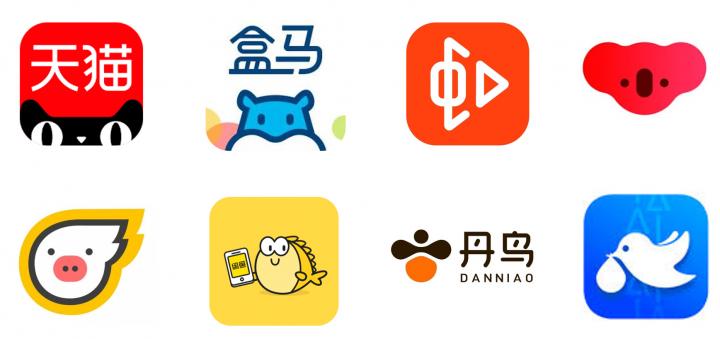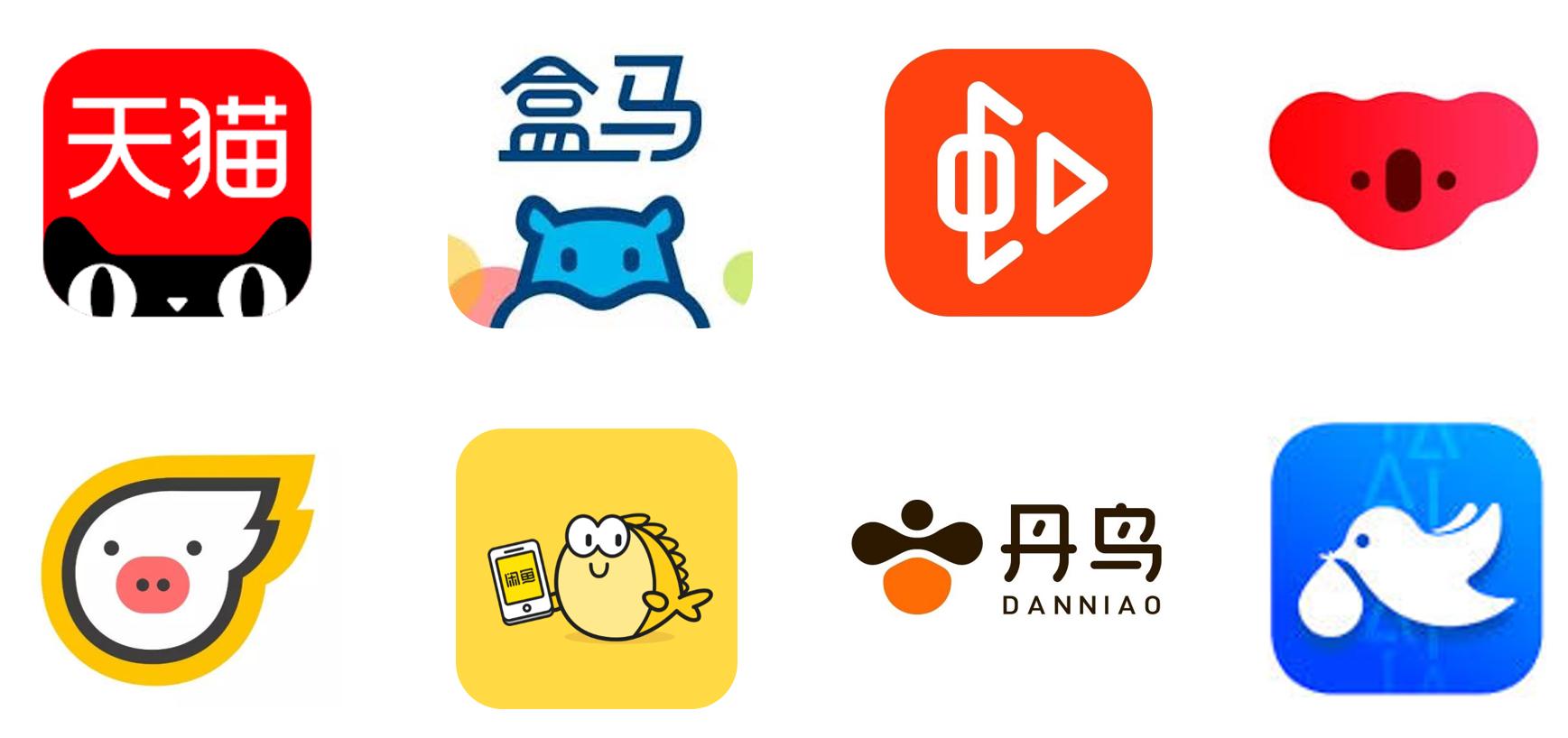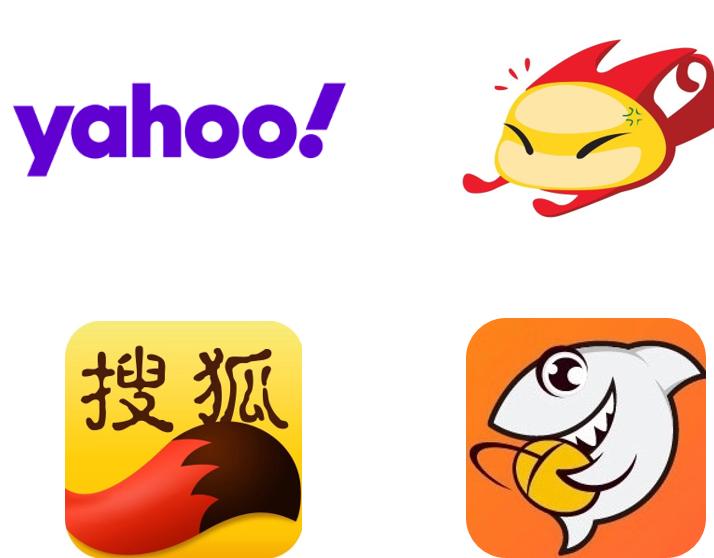

Have you ever heard of honey badger? Widely distributed in African savanna, honey badgers are known as one of the most fearless animals in the world. Interestingly, Alibaba has just named their new semiconductor company after this legendary animal in Chinese – 平头哥[pīng tóu gē], which translates to “flat head brother”. So why does such a high tech company choose a little animal as its brand name? Well, the company is on the mission of developing Alibaba’s immense neural network processor, and the honey badger just perfectly reflects the company’s spirit of overcoming challenges and forging ahead through innovative brand naming.

Alibaba’s semiconductor company 平头哥
Other than “Ping Tou Ge”, Alibaba owns so many brands named after animals, from animals on land, in the ocean, to animals in the sky.

Top: Tmall, Freshippo, Xiami, Koala; Bottom: Fliggy, Xianyu, Danniao, CainiaoGuoguo
Naming a brand after an animal is not new in China’s Internet industry. Chinese names of Yahoo (雅虎[yǎ hǔ]), Sohu (搜狐[sōu hú]), mop.com (猫扑[māo pū]), and Douyu(斗鱼[dòu yú]) all are all related to animals. However, the broad range and systematic usage of animal names in Alibaba’s nomenclature is unique in the business world. In the brand universe created by Alibaba, each animal has its duties to perform and its clients to woo, presenting a harmonious ecosystem that continues to become more diverse as the company expands ambitiously.

Top: Yahoo, Mop.com; Bottom: Sohu, Douyu
At the core of company naming lies the objective of crafting a vibrant, memorable, and symbolically rich nomenclature. The industry is replete with renowned brands that have harnessed the power of strong symbolic brand names. Nestlé, for instance, is known as “swallow’s nest” (雀巢[què cháo]), Amazon is self-explanatory (亚马逊[yà mǎ xùn]), Xiaomi is “millet” or “little rice” (小米[xiǎo mǐ]), and the examples are endless.
These brand names serve as more than just identifiers; they evoke powerful imagery and resonate with consumers, forming a vital part of successful brand identity.

Strong brand symbols of Nestlé, Xiaomi, Amazon
What impact does such strongly symbolic nomenclature have on branding and communications?
1. Build a powerful, memorable image
Compared with meshing characters together to create a new concept, the vitality brought by a concrete name is so pictorial that it depicts the brand’s personality.
2. Vivid, living image boosts communication
Lifelike images often tell their own stories. It’s easy for consumers to feel an emotional attachment to them.
3. Create super-brand power
A clear, attractive brand image is the perfect foundation for building an “IP brand,” which helps the brand expand with a more diverse product portfolio in multiple dimensions.
A vibrant and symbolically rich brand name often carries significant impact and can effectively convey your brand’s essence. The decision to opt for a symbolic naming approach and the specific type of symbolism to employ are strategic considerations that necessitate deep reflection, aligned with your brand’s development trajectory and core values.
This thoughtful approach offers the opportunity to craft a unique and enduring brand name within your industry. As we look ahead, it’s worth exploring innovative naming techniques that capture attention and imagination. It’s time to take the first step in creating our own distinctive brand naming strategy!
A Labbrand Group Company © 2005-2025 Labbrand All rights reserved
沪ICP备17001253号-3To improve your experience, we use cookies to provide social media features, offer you content that targets your particular interests, and analyse the performance of our advertising campaigns. By clicking on “Accept” you consent to all cookies. You also have the option to click “Reject” to limit the use of certain types of cookies. Please be aware that rejecting cookies may affect your website browsing experience and limit the use of some personalised features.